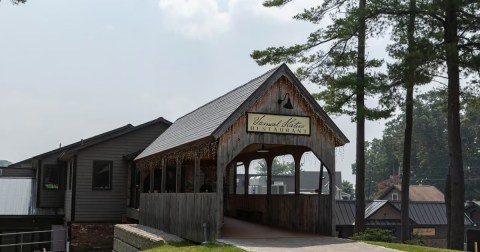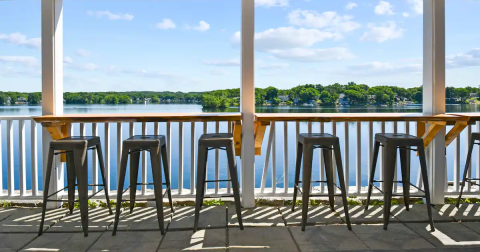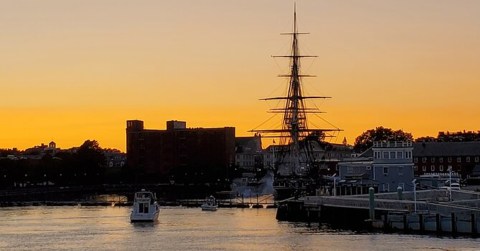Most People Don’t Know The Meaning Behind These 11 Massachusetts Town Names
Have you ever wondered how some of Massachusetts’ towns and villages got their names? Plenty of them are derived from indigenous place names and quite a few are borrowed from England, but some boast pretty unique origin stories.
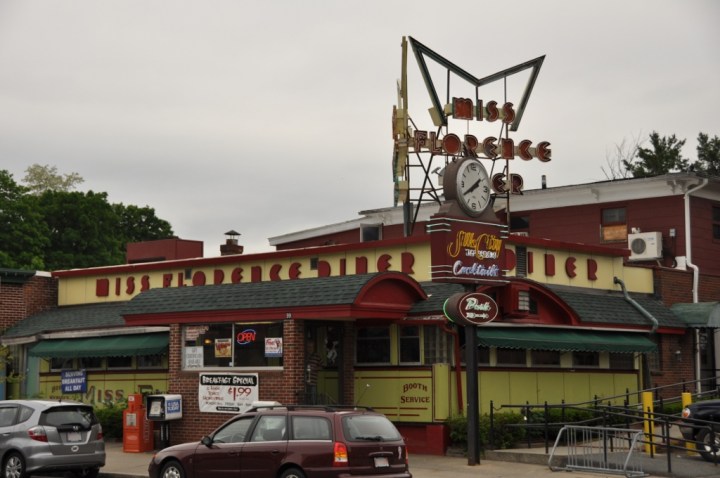
This village name actually comes from the suggestion of a neurologist. Florence was originally called "Broughton’s Meadow" until it underwent a series of name changes in the mid-1800s. After being called "Warner School District," "The Community," "Bensonville," "Greenville," "Shepherd’s Hollow," and Leeds, Dr. Charles Munde suggested the name Florence because the pretty village with its beautiful river and lush plant life reminded him of Florence, Italy. The name was adopted in 1852 and has stuck.
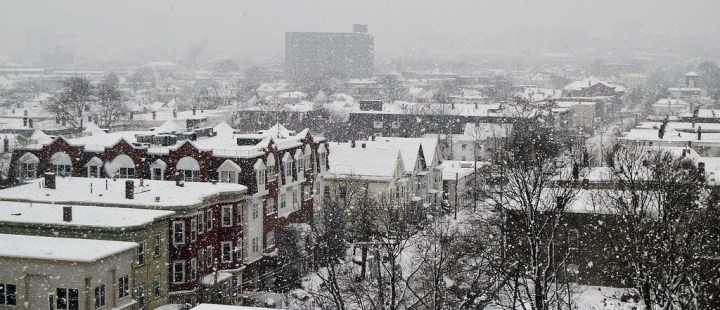
Somerville was originally known as the "Stinted Pasture" or "Cow Commons," in reference to the rights of early settlers to pasture cows on the land. The town was once part of Charlestown and only separated in 1842. Funnily enough, the name "Somerville" wasn’t chosen in honor of a famous person or place in England. The name was proposed by Charles Miller, a member of the naming committee, because he thought it sounded nice. Further research by the Somerville Historical Society confirms that it was "a purely fanciful name."
Advertisement
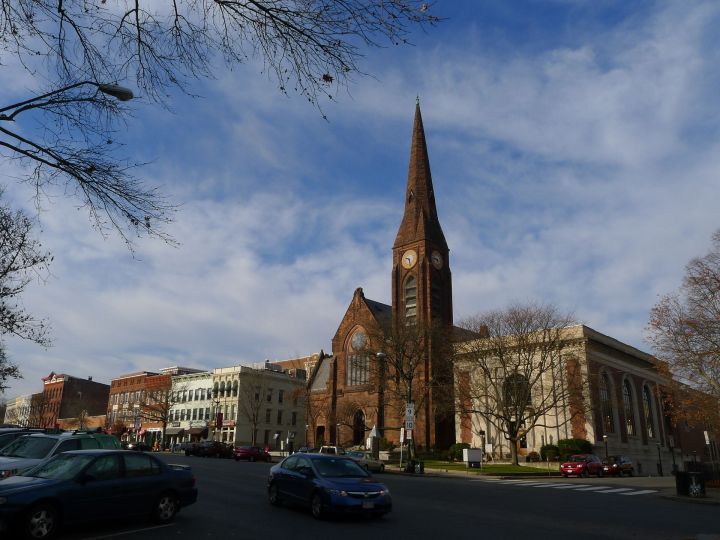
Northampton was once known as "Norwottuck" or "Nonotuck" which means "the midst of the river." The town’s current name was given by John A. King, one of the area’s original English settlers. He named the community in honor of his birthplace of Northampton, England.
Advertisement
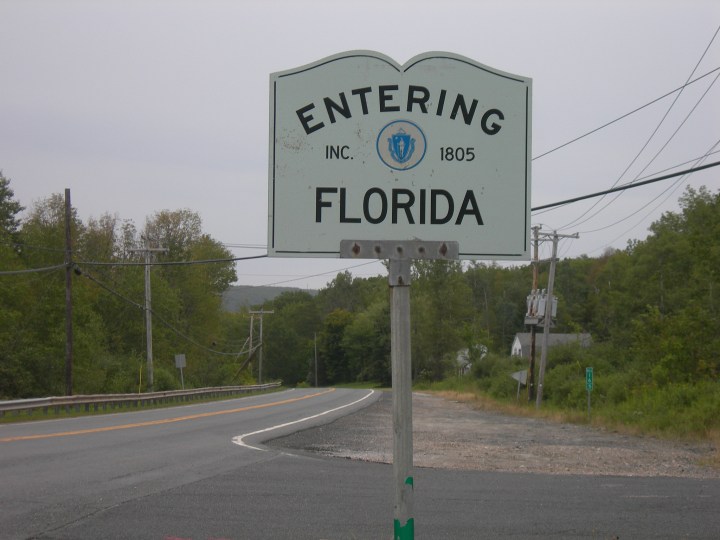
The most tropical town name in Massachusetts is – you guessed it – named after the state of Florida. But it wasn’t always that way. The town was incorporated in 1805 and named Florida at that time, but it had been referenced as "Lebrida" in earlier writings, including some by Nathaniel Hawthorne.
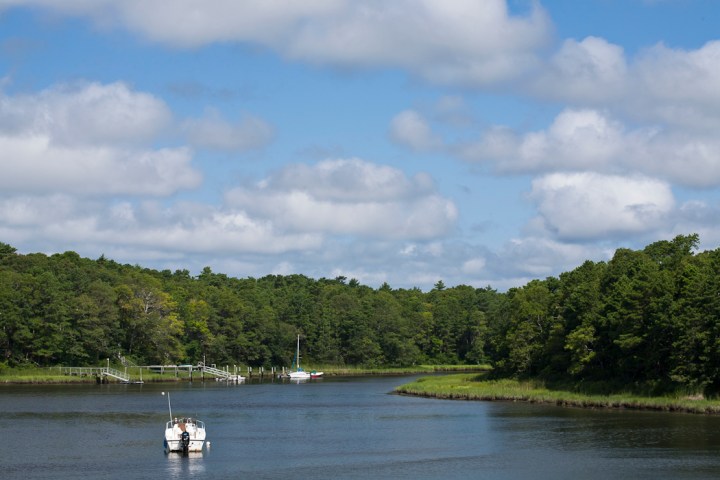
This curious name comes from the Wampanoag place name of "mass-nippe," meaning "great" or "greater" and "water." The water in question is Wakeby Lake, which broadens at one end and becomes "greater."

This town is named after the Chicopee River. "Chicopee" is a Nipmuc word that likely derives from the words "chekee" and "pe" meaning "violent" and "waters" in most Algonquian dialects. This is in reference to the rapids of the Chicopee River.
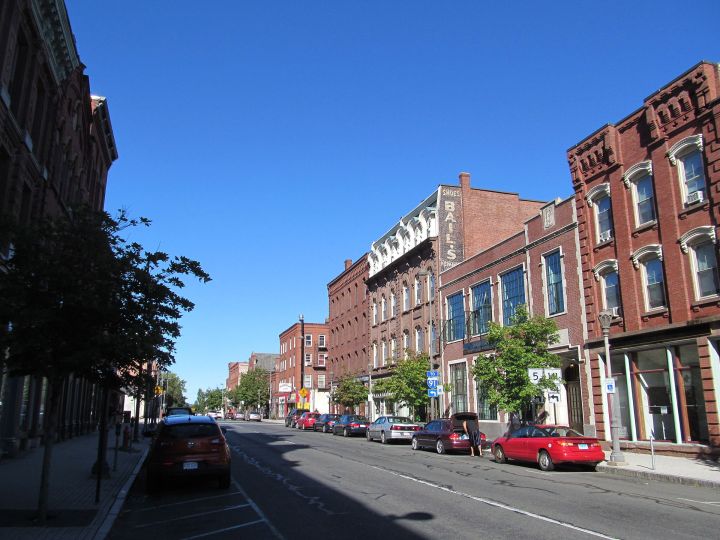
Holyoke was once just a parish of Springfield. It was incorporated in 1786 and named "Ireland." The town was officially renamed "Holyoke" on March 14, 1850 after the son-in-law of an early Springfield settler, Elizur Holyoke, who had first explored the area in the mid 1600s.
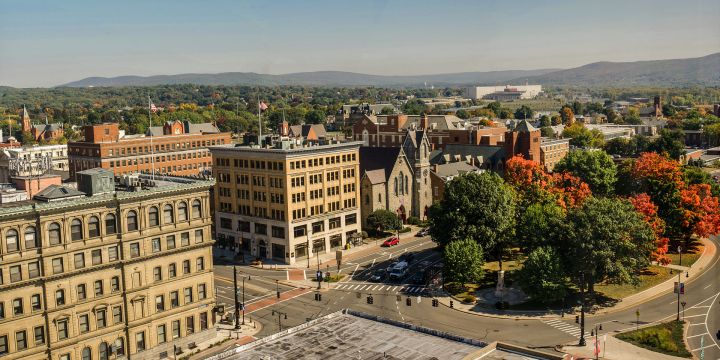
The area now known as Pittsfield was originally inhabited by the Mahican indigenous people. The land was then known as Pontoosuck, meaning "a field or haven for winter deer." It was incorporated as Pontoosuck Plantation in 1753 and was named "Pittsfield" after British nobleman William Pitt in 1761. The town only had about 200 residents at that time.
Advertisement

This North Shore town was originally known by "the Northfields," "the Farms," and "Brooksby" during the 1600s and 1700s. It was officially named "Peabody" on April 30, 1868 after the philanthropist George Peabody, who was born in Massachusetts in 1795 and went on to become one of the most influential philanthropists in the world.
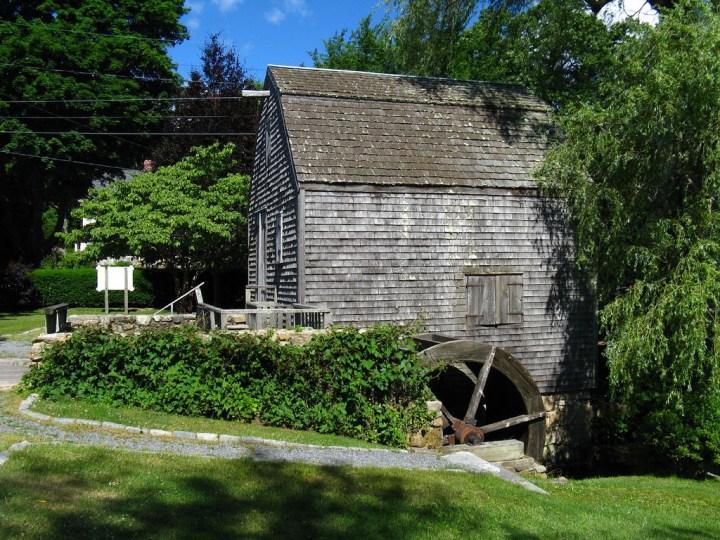
This Cape Cod town has one of the oddest names in the state, but it’s actually named for the port town of Sandwich, England. The town motto is "Post tot Naufracia Portus," meaning "after so many shipwrecks, a haven."
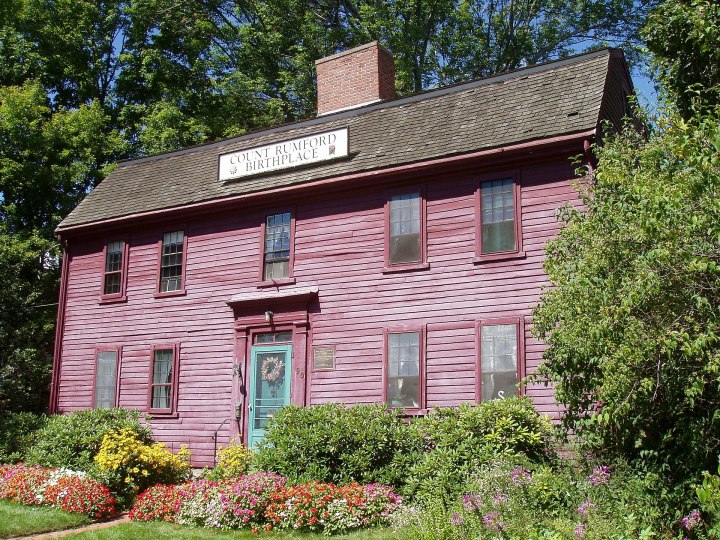
Woburn was once part of a much larger town that later separated into Wilmington, Burlington, Winchester and Woburn. It was named after Woburn, Bedfordshire in England.
If you love learning about the history of Massachusetts, read our article on how these Massachusetts towns got their start.
OnlyInYourState may earn compensation through affiliate links in this article. As an Amazon Associate, we earn from qualifying purchases.


